Gjesteforelesninger og seminarer - Side 4
Innovations in fluid mechanics are leading to better food since ancient history, while creativity in cooking inspires applied and fundamental science. In this talk, I will discuss how recent advances in hydrodynamics are changing food science, and how the surprising phenomena that arise in the kitchen lead to discoveries and technologies across the disciplines, including rheology and soft matter. Central topics include cocktails and champagne (multiphase flows), whipped cream (complex fluids) and pancake making (viscous flows). For every topic, I will present the state-of-the-art knowledge, the open problems, and likely directions for future research.
Publications:
Mathijssen, A. J., Lisicki, M., Prakash, V. N., & Mossige, E. J. (2023). Culinary fluid mechanics and other currents in food science. Reviews of Modern Physics, 95(2), 025004.
Fuller, G. G., Lisicki, M., Mathijssen, A. J., Mossige, E. J., Pasquino, R., Prakash, V. N., & Ramos, L. (2022). Kitchen flows: Making science more accessible, affordable, and curiosity driven. Physics of Fluids, 34(11).
C*-algebra seminar talk by Valerio Proietti (University of Oslo)
QOMBINE seminar talk by Ruben Bassa (SINTEF)
Franz Fuchs (Sintef/UiO) will give a talk with title "Hamiltonians with time evolution restricted to subspaces"
We have developed a pump-less recirculation Organ-on-Chip (rOoC) platform that generates a directional gravity-driven flow. This platform can be adapted to various flow conditions and enables the study of endothelial lining, blood vessel sprouting, circulation of immune cells, pathogens or other particles, and incorporation of 3D cell models like organoids. Additionally, we have developed a computational model to predict shear stress and mass transport within the rOoC, allowing for customization of the platform for various use-cases.
The rOoC platform is very versatile and can be used to model for instance drug-induced liver-injury (DILI) that mimics the complex interaction between resident human stem cell-derived liver organoids (3D-HLO) and circulating immune cells. Moreover, we show the functional crosstalk between 3D-HLOs and human pancreatic islets to model the onset of type-2 diabetes.
Markus Spitzweck (Universität Osnabrück) will present the talk «Representation categories and motives».
This seminar will consist of two separate presentations, each about 15-minute long.
1) Magnetic Quincke Rollers with tunable single particle dynamics and collective states
2) Electrically controllable ferrofluids
We further discuss the generalization of these results to compact operators in L2, and explain how they can be used to both describe the out-performance of smooth spline approximations of solutions to differential equations when compared to classical finite element methods, and to solve the outlier-problem in isogeometric analysis.
This talk is based on work done in collaboration with Michael Floater, Carla Manni and Hendrik Speleers.
The Section 4 seminar for the Spring of 2023 will be held on Wednesdays at 10:15–12:00 (see the schedule)
C*-algebra seminar talk by John Quigg (Arizona State University)
I will discuss some of our recent results on active chiral and nematic membranes. The chiral stresses we consider give rise to a novel form of odd elasticity. To outline this phenomenology I will give explicit calculations outlining spontaneous flow transitions and shape instabilities. I will discuss the relevance of these results in developmental biology and their relation to active nematics, in particular how certain limits of active nematic membranes can reduce to a theory of an isotropic membrane with an active stress defined by the deviatoric part of the shape operator.
C*-algebra seminar talk by Roberto Conti (Sapienza University of Rome)
Many have tried to adapt Clemens and Griffiths's approach to irrationality of cubic threefolds to higher dimensions, using different invariants in place of H^3(X,Z): the transcendental part of H^4, derived categories, quantum cohomology... I will report on my attempt to use higher algebraic K-theory, which turns out to be strictly weaker than what Voisin and Colliot-Thélène have already gotten from Bloch-Ogus theory, but (I think) in an interesting way. For a positive result, I can show that the higher K-theory of Kuznetsov's K3 category for a cubic or Gushel-Mukai 4-fold looks the same as that of an honest K3 surface.
This is a half-day online workshop on PDEs in physical systems. Abstracts and Zoom link can be found here!
This talk will focus on recent work about the sequential detection of anomalies within partially observed functional data, motivated by a problem encountered by an industrial collaborator. Classical sequential changepoint detection approaches look for changes in the parameters, or structure, of a data sequence and are not equipped to handle the complex non-stationarity and dependency structure of functional data. Conversely, existing functional data approaches require the full observation of the curve before anomaly detection can take place. We propose a new method, FAST, that performs sequential detection of anomalies in partially observed functional data. This talk will introduce the approach, and some associated theoretical results, and highlight its application on telecommunications data.
This is joint work with Idris Eckley and Lawrence Bardwell.
The human brain has no lymphatic vessels, so how does the brain clear metabolic waste? In 2012, Iliff et al. proposed a theory about waste clearance of the brain, called the "glymphatic" theory. The theory suggest that the waste clearances is bio-mechanical, and that impaired clearance may be the cause of some neurodegenerative diseases and disorders. The inaccessibility of the human brain have been a hurdle in the research, as experiments on rat brains do not translate to the human brain. Researchers at Oslo university hospital Rikshospitalet have shown clearance using tracers visible in magnetic resonance images (MRI). However, the MRI only provide snapshots of different states in time, therefore computational modeling is needed to fill in the gaps. In this presentation, we will look at computational modeling with the MRI to infer material parameters in the brain.
Stalagmites grow on the floor of caves by precipitation of calcium ions found in the residual water film covering the top of the stalagmite, which is progressively drained away. Drops dripping from stalactites ensure the renewal of these ions.
Previous models of stalagmite growth assumed that drops fall on a straight vertical line from stalactites. Through high-speed imaging during field experiments in caves, we however observe that the impact point position of the drops is scattered. Using a Langevin-like equation to describe the fall of drops in response to gravity and aerodynamic forces, we then propose a prediction of the impact point dispersal. We show that measured stalagmite widths are correlated to the impact point dispersal of the drops.
In a second time, we focus on the mixing of calcium ions between the drop and the film during impact. The drop produces a crown when impacting the film, accompanied by a large amount of secondary droplet ejections. This is at the very heart of the film thickness variability post-impact. We record high-speed imaging of drop impacts on films of controlled thickness in a lab environment and assess the mixing between the drop and the film. We deduce how much liquid coming from the initial drop remains in the film.
A flexible predictive density combination is introduced for large financial data sets which allows for model set incompleteness. Dimension reduction procedures that include learning allocate the large sets of predictive densities and combination weights to relatively small subsets. Given the representation of the probability model in extended nonlinear state-space form, efficient simulation-based Bayesian inference is proposed using parallel dynamic clustering as well as nonlinear filtering, implemented on graphics processing units. The approach is applied to combine predictive densities based on a large number of individual US stock returns of daily observations over a period that includes the Covid-19 crisis period. Evidence on dynamic cluster composition, weight patterns and model set incompleteness gives valuable signals for improved modelling. This enables higher predictive accuracy and better assessment of uncertainty and risk for investment fund management.
Online changepoint detection algorithms based on likelihood-ratio tests have excellent statistical properties. However, a simple exact online implementation is computationally infeasible as, at time T, it involves considering O(T) possible locations for the change. To improve on this, we use functional pruning ideas to reduce the set of changepoint locations that need to be stored at time T to approximately log T. Furthermore, we show how we need only maximise the likelihood-ratio test statistic over a small subset of these possible locations. Empirical results show that the resulting exact online algorithm, which can detect changes under a wide range of models, has a constant-per-iteration cost on average. We consider applications of this algorithm in the context of detecting increases in radiation count that represent astronomical or nuclear events of interest.
The Kolmogorov N-width describes the best possible error one can achieve by elements of an N-dimensional linear space. Its decay has extensively been studied in Approximation Theory and for the solution of Partial Differential Equations (PDEs). Particular interest has occurred within Model Order Reduction (MOR) of parameterized PDEs e.g. by the Reduced Basis Method (RBM). While it is known that the N-width decays exponentially fast (and thus admits efficient MOR) for certain problems, there are examples of the linear transport and the wave equation, where the decay rate deteriorates to N-1/2. On the other hand, it is widely accepted that a smooth parameter dependence admits a fast decay of the N-width. However, a detailed analysis of the influence of properties of the data (such as regularity or slope) on the rate of the N-width seems to lack. In this work, we use techniques from Fourier Analysis to derive exact representations of the N-width in terms of initial and boundary conditions of the linear transport equation modeled by some function g for half-wave symmetric data. For arbitrary functions g, we derive bounds and prove that these bounds are sharp. In particular, we prove that the N-width decays as cr N(-r-1/2) for functions in the Sobolev space, g ∈ Hr. Our theoretical investigations are complemented by numerical experiments which confirm the sharpness of our bounds and give additional quantitative insigh.

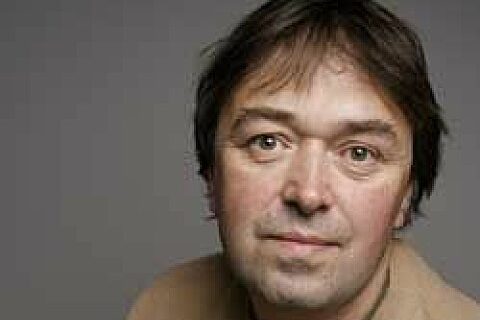
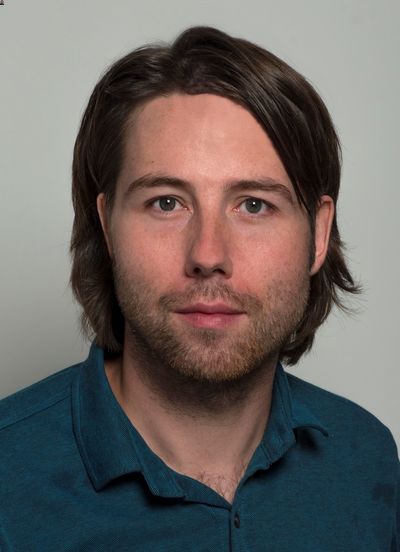

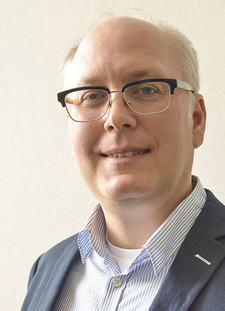
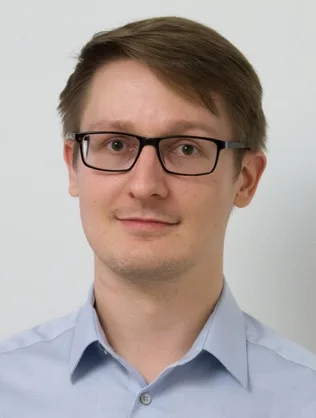
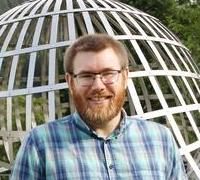

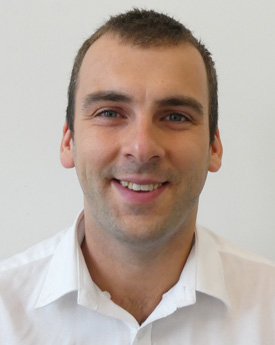



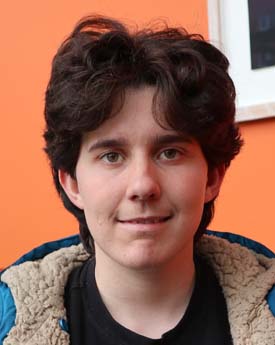
.png?alt=listing)